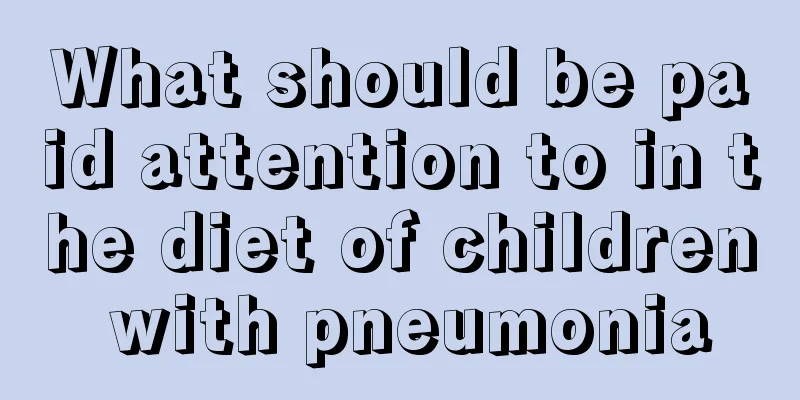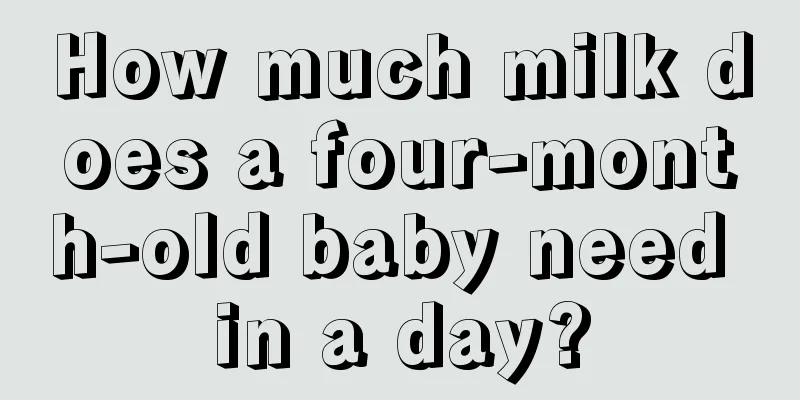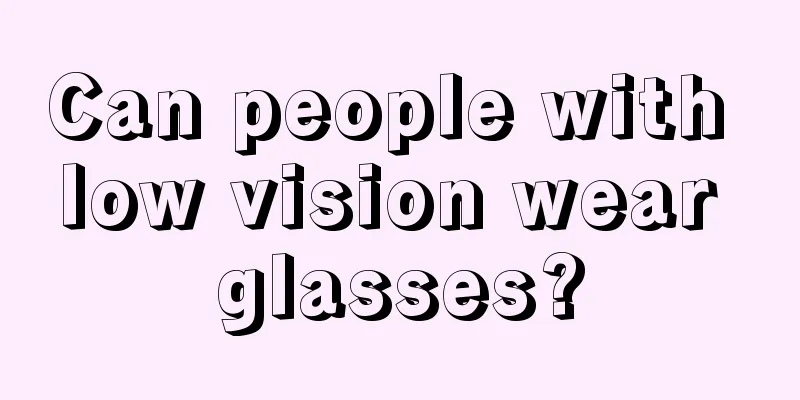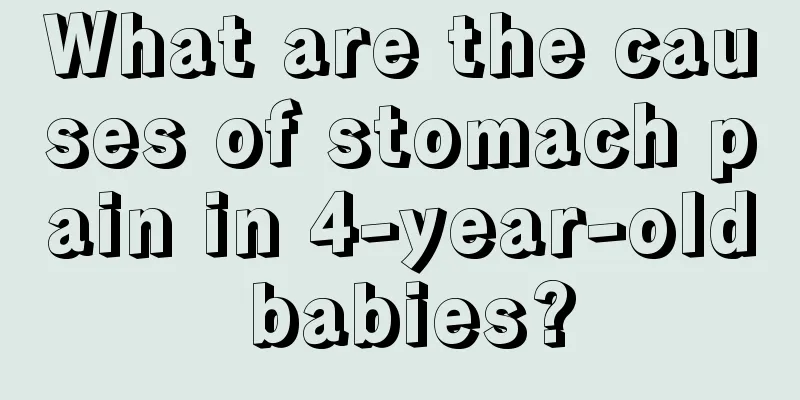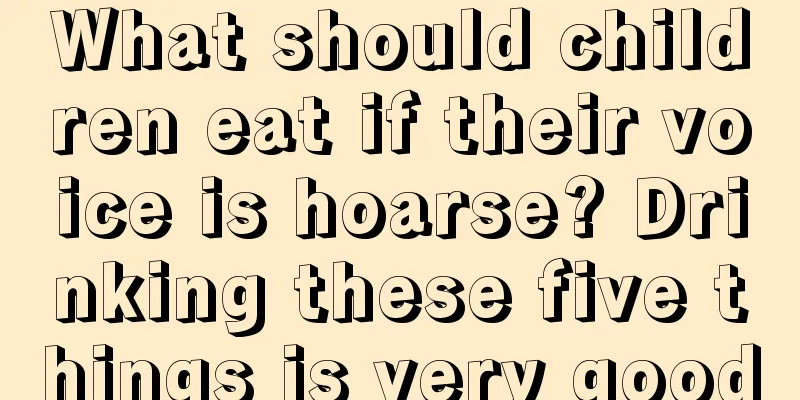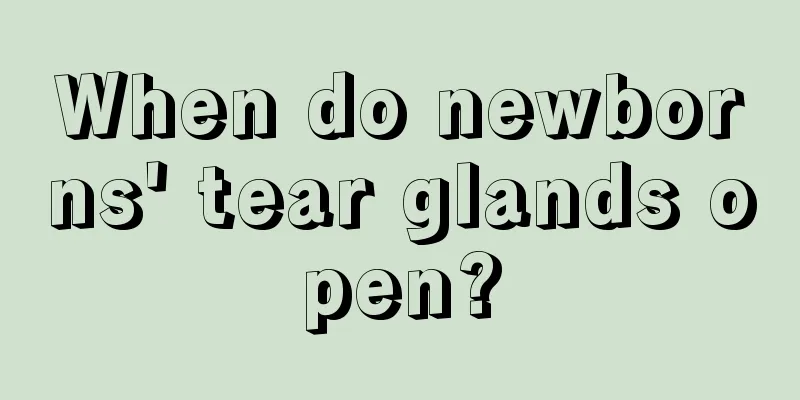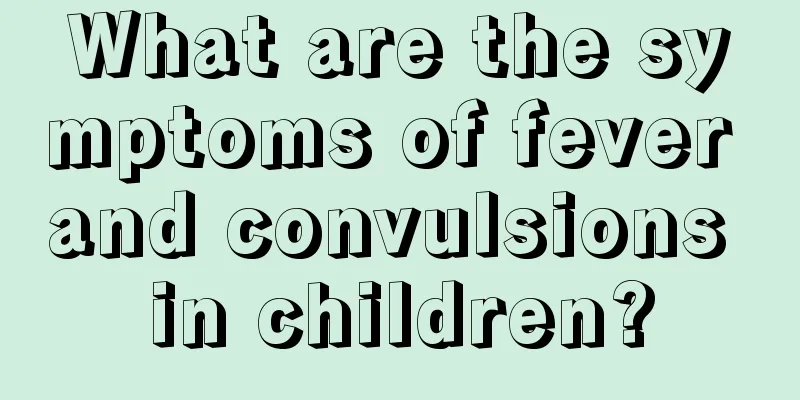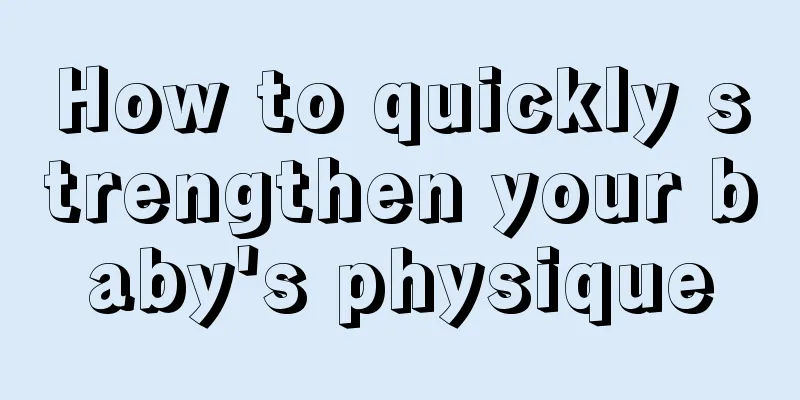What to do if a child has a high fever and convulsions
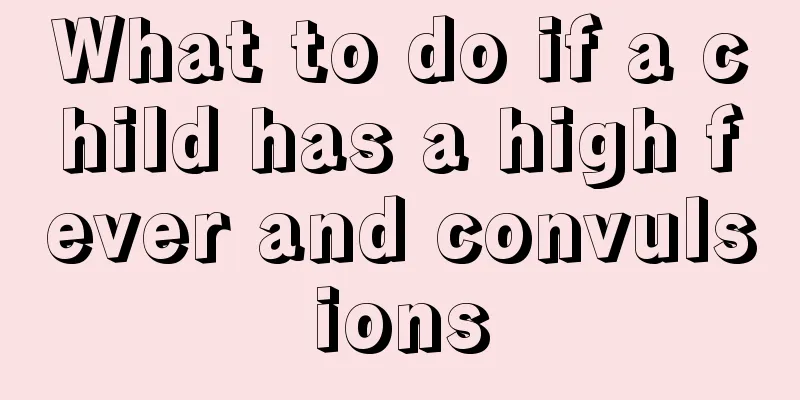
|
If a child has a high fever and convulsions, parents will definitely be very worried and don’t know what to do. Therefore, it is necessary for parents of sick children to understand the relevant treatment methods for children with high fever and convulsions. So what should they do if children have high fever and convulsions? Next, this article will introduce you to what to do if your child has a high fever and convulsions. Friends who want to know what to do if your child has a high fever and convulsions can take a look! Convulsions in children with high fever are medically called "febrile convulsions". This is mainly due to the imperfect development of the nervous system of infants and young children, such as poor inhibitory function of the cerebral cortex and incomplete formation of the nerve myelin sheath. Once stimulated by external stimuli, excitement can easily spread and cause convulsions. Generally speaking, infants and young children between 6 months and 4 years old, especially those who often catch colds and fevers, are more likely to suffer from febrile convulsions. Convulsions usually occur when the baby has a high fever, such as a body temperature of 39℃-40℃, and last for a relatively short time, about 2-3 minutes, and generally do not exceed 10 minutes. After the convulsion stopped, the child woke up. What should I do if my child has a high fever and convulsions? 1. When a child has a high fever and convulsions, the child should be laid flat immediately, the collar should be loosened, and the head should be tilted to one side to allow oral secretions to flow out easily to avoid suffocation. If suffocation occurs, respiratory secretions should be sucked out immediately and artificial respiration should be performed. 2. Place a tongue depressor wrapped with gauze between the upper and lower teeth in the mouth (if there is no tongue depressor, you can use an aluminum spoon handle wrapped with a handkerchief) to prevent the tongue from being bitten. 3. Keep the environment quiet and reduce stimulation to the child. Do not stimulate the child, pick up the child or call loudly during a convulsion. 4. When there is high fever, physical or drug cooling should be given. If the seizure lasts for a long time, oxygen should be given regardless of whether cyanosis occurs to reduce brain hypoxia. 5. During a seizure, any food or drink, including water, is prohibited. After the convulsion stops and the patient regains consciousness, give liquid or semi-liquid food according to the condition. 6. Go to the hospital immediately for medical treatment, and report to the doctor the time when the convulsions started, the number of convulsions, the duration, the location of the convulsions, whether the eyes are staring or squinting, whether there is incontinence, and whether there is drowsiness after the spasms are relieved, etc., so as to facilitate diagnosis and treatment. The above is an introduction on what to do if a child has a high fever and convulsions. I believe that everyone has already understood the relevant treatment methods for high fever convulsions in children introduced above. When parents encounter a child with a high fever and convulsions, they know what to do. Therefore, it is very important for parents to master this knowledge! It is directly related to the life safety of the child! |
<<: How to treat rickets in infants
>>: How to check baby's hernia
Recommend
What should I do if my child’s teeth are decayed?
Many parents do not pay much attention to their c...
Pain under breast during pregnancy
After a woman becomes pregnant, her body will und...
Six and a half months of baby development standard method
After the baby is born, there will be new changes...
What should I do if my baby has a poor appetite?
Many children don’t like to eat. We often see thi...
What should I do if I want to change the milk powder for my baby?
Many parents don’t know much about infant care at...
What should we do if children beat or scold their parents? Pay attention to communication!
For traditional families, it is common for parent...
Let’s learn about the early symptoms of hand, foot and mouth disease!
When a child suffers from hand, foot and mouth di...
How to teach your child to spit
Everyone knows that having phlegm stuck in your t...
Sleep disorders treatment in children
In daily life, not only young people suffer from ...
What can a nine and a half month old baby do?
From the moment the baby is born, the responsibil...
Borderline autism
Borderline autism is a language disorder, which i...
What to do if your baby has a high temperature convulsion
If the baby has a high temperature convulsion, it...
What are the dangers of children eating French fries?
Many children like to eat French fries very much....
What to do if your 1-year-old baby has diarrhea and fever
With the arrival of summer and the rising tempera...
What to do if children have rotten teeth
Most children nowadays like to eat sweets. Even i...

